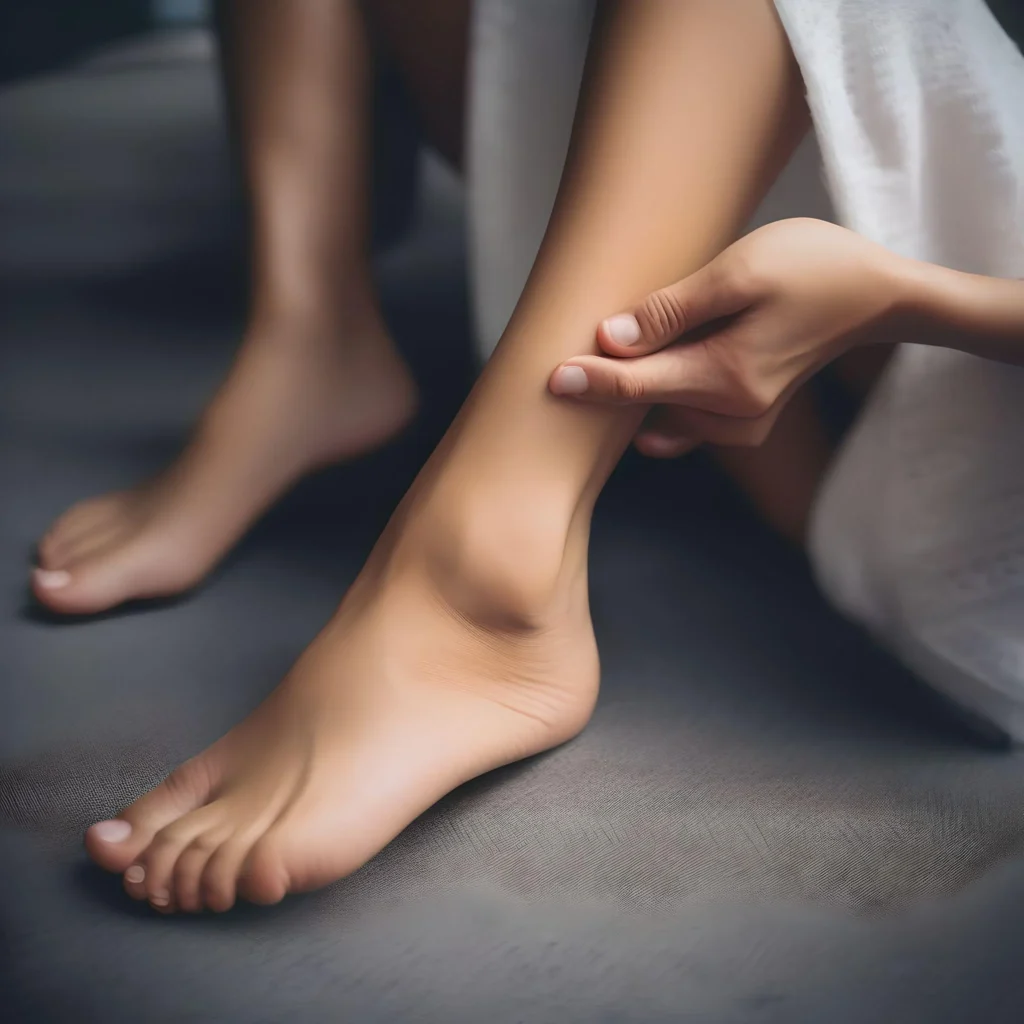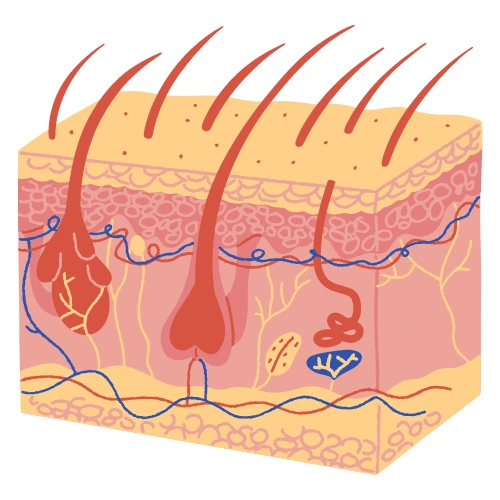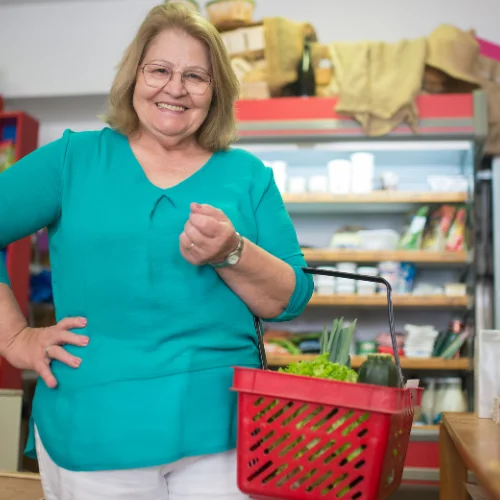10 Age-Related Changes in Older Women
Aging is a natural part of life, and it brings about changes in all of us. For women, some of these changes can be surprising, while others may already be expected. If you’re approaching your golden years or already in them, it’s helpful to understand the different ways your body and mind may change. This knowledge can help you feel more prepared and in control.
The key age-related changes in older women include hormonal shifts, changes in bone density, muscle loss, and skin changes. These changes happen naturally and vary for everyone.
1. Hormonal Changes
One of the biggest changes that happen as women age is related to hormones. Once you hit menopause, your body produces less estrogen and progesterone, the hormones responsible for regulating your menstrual cycle and many other bodily functions. This hormonal shift can lead to a variety of symptoms such as hot flashes, mood swings, and trouble sleeping.
Estrogen also plays a role in keeping your bones strong, so when its levels drop, you may start experiencing a decrease in bone density. Some women wonder if there’s anything they can do about these changes. While you can’t stop menopause, staying active and eating well can help manage some of the symptoms.
2. Bone Density Loss

As mentioned earlier, the drop in estrogen levels after menopause affects your bones. Women are at a higher risk of developing osteoporosis, a condition that makes bones weak and brittle. You may not notice this at first, but over time, your bones may become more fragile and prone to fractures.
If you’re wondering what can be done to slow down this bone loss, regular weight-bearing exercises like walking or lifting light weights can help. Also, getting enough calcium and vitamin D through your diet or supplements is essential to maintaining strong bones.
3. Muscle Loss (Sarcopenia)
Another age-related change is muscle loss, a condition known as sarcopenia. You might notice that it becomes harder to lift heavy objects or do physical activities you once found easy. This muscle loss happens gradually, but it can speed up after the age of 60.
If you’re worried about losing strength, don’t be discouraged. You can slow down this process by incorporating strength training exercises into your routine. Even light exercises like using resistance bands can make a difference.
4. Skin Changes

Your skin also goes through changes as you age. Wrinkles, fine lines, and sagging skin are all part of the aging process. You might also notice your skin becoming drier and thinner. This happens because your body produces less collagen and elastin, the proteins that keep your skin firm and supple.
There’s no way to completely avoid wrinkles, but moisturizing regularly and protecting your skin from the sun can help. Sunscreen is essential, even if you’re only going out for a short while.
5. Hair Thinning and Graying
One of the more visible signs of aging is graying hair. This is due to the decrease in melanin production in your hair follicles, which gives hair its color. Many women also notice that their hair becomes thinner as they age.
If you’re concerned about thinning hair, you can talk to a doctor about treatments. Some women opt for supplements or special shampoos to slow down the process. Embracing your gray hair is also a beautiful way to honor this new phase of life.
6. Changes in Metabolism
As you get older, your metabolism naturally slows down. You might find that it becomes harder to maintain your weight or that you gain weight more easily, even if your diet hasn’t changed much. This slower metabolism is a result of both muscle loss and hormonal changes. [1]
If you’re looking to keep your weight in check, focus on eating a balanced diet and staying active. Smaller, more frequent meals can also help keep your metabolism running throughout the day.
7. Joint Stiffness

Joint stiffness is another common age-related change. You may find that your knees, hips, or other joints become achy or stiff, especially after sitting for long periods. This is often due to the wear and tear on your joints over the years, as well as a loss of cartilage, which cushions the bones.
You can ease joint stiffness by staying active. Gentle exercises like swimming or yoga can help keep your joints flexible. If the pain becomes too much, a doctor may suggest over-the-counter medications or physical therapy.
8. Changes in Vision
As you age, your vision may not be as sharp as it once was. Many women notice that they need reading glasses or have difficulty seeing in dim light. Conditions like cataracts or age-related macular degeneration (AMD) can also develop with age.
Regular eye check-ups are important, especially as you get older. Wearing the correct prescription lenses and protecting your eyes from UV light with sunglasses can help preserve your vision.
9. Hearing Loss
Hearing loss is another common change that comes with age. You might find that you have to ask people to repeat themselves more often or struggle to hear conversations in noisy places. This type of hearing loss, called presbycusis, happens gradually over time. [2]
If you’re noticing hearing problems, don’t hesitate to see a hearing specialist. There are devices and hearing aids available that can significantly improve your ability to hear and engage in conversations.
10. Bladder Control Issues
Many older women experience bladder control issues, like incontinence. This can happen due to a weakening of the muscles that control the bladder or as a result of childbirth earlier in life. You may find that you need to urinate more frequently or experience occasional leaks. [3]
If you’re dealing with bladder control problems, pelvic floor exercises (like Kegels) can strengthen the muscles that support the bladder. In more severe cases, a doctor may recommend medications or other treatments.
Common Questions Readers Might Have
Can I prevent these changes from happening?
No, these changes are a natural part of aging, but staying active and eating a healthy diet can help manage them.
Is there anything I can do about muscle and bone loss?
Yes, strength training and weight-bearing exercises, along with a healthy diet rich in calcium and vitamin D, can help slow down bone and muscle loss.
How can I manage the symptoms of menopause?
Staying physically active, eating a balanced diet, and speaking to your doctor about hormone replacement therapy can help manage symptoms.
Key Points to Remember
- Hormonal changes, especially after menopause, can affect many aspects of health.
- Bone density loss is common but can be managed with calcium, vitamin D, and exercise.
- Muscle loss happens naturally but can be slowed down with strength training.
- Skin, hair, and metabolism all change with age, but lifestyle adjustments can help.
- Vision, hearing, and bladder control may decline, but there are treatments available.
Thanks for reading! I hope this article helped. If you have any questions, feel free to comment below.

